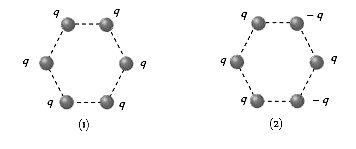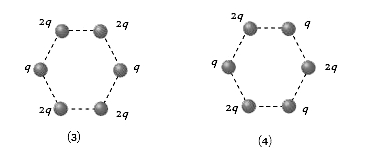Figure below show regular hexagons with charges at the vertices. In which of the following cases the electric field at the centre is not zero
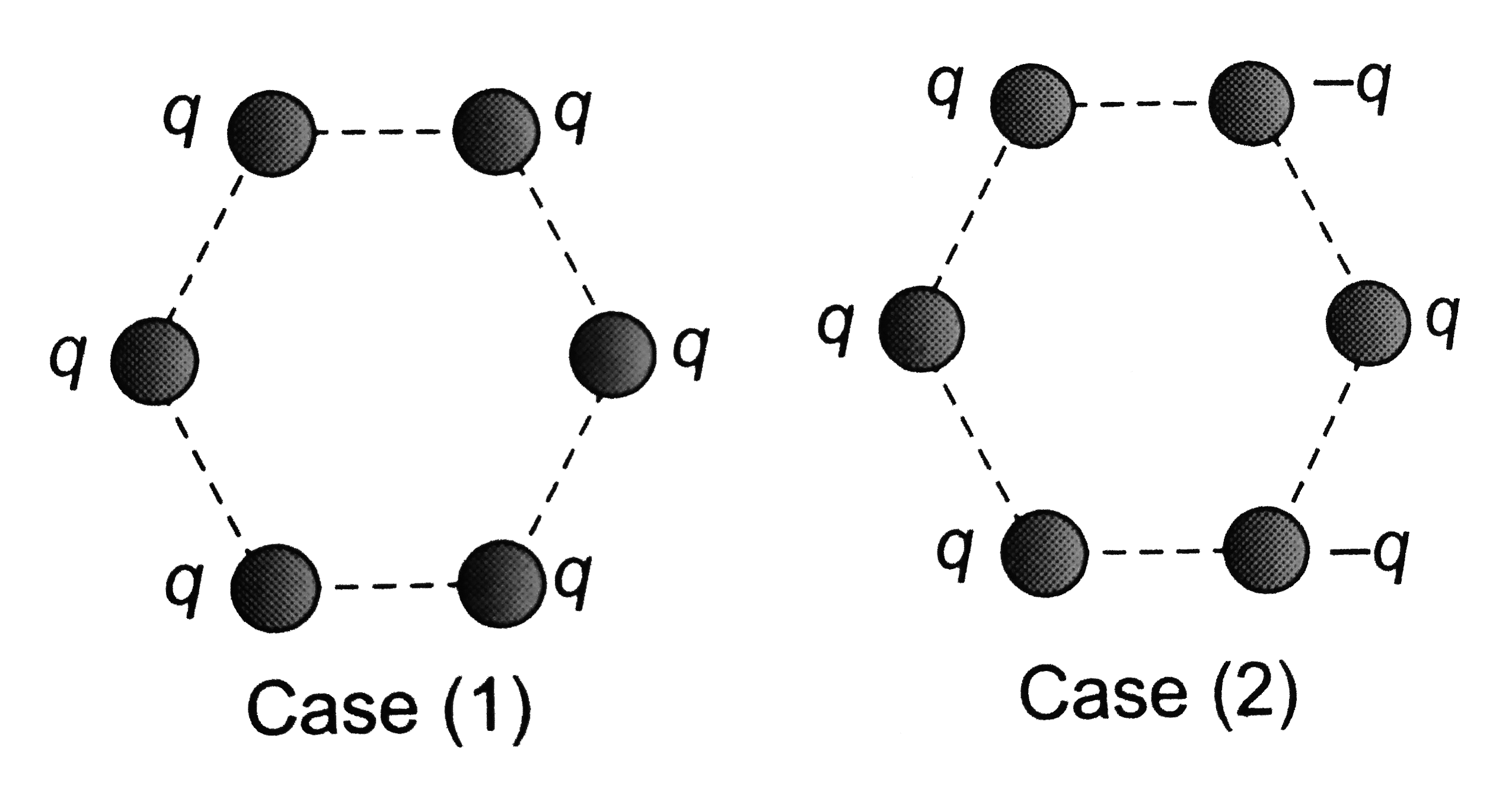
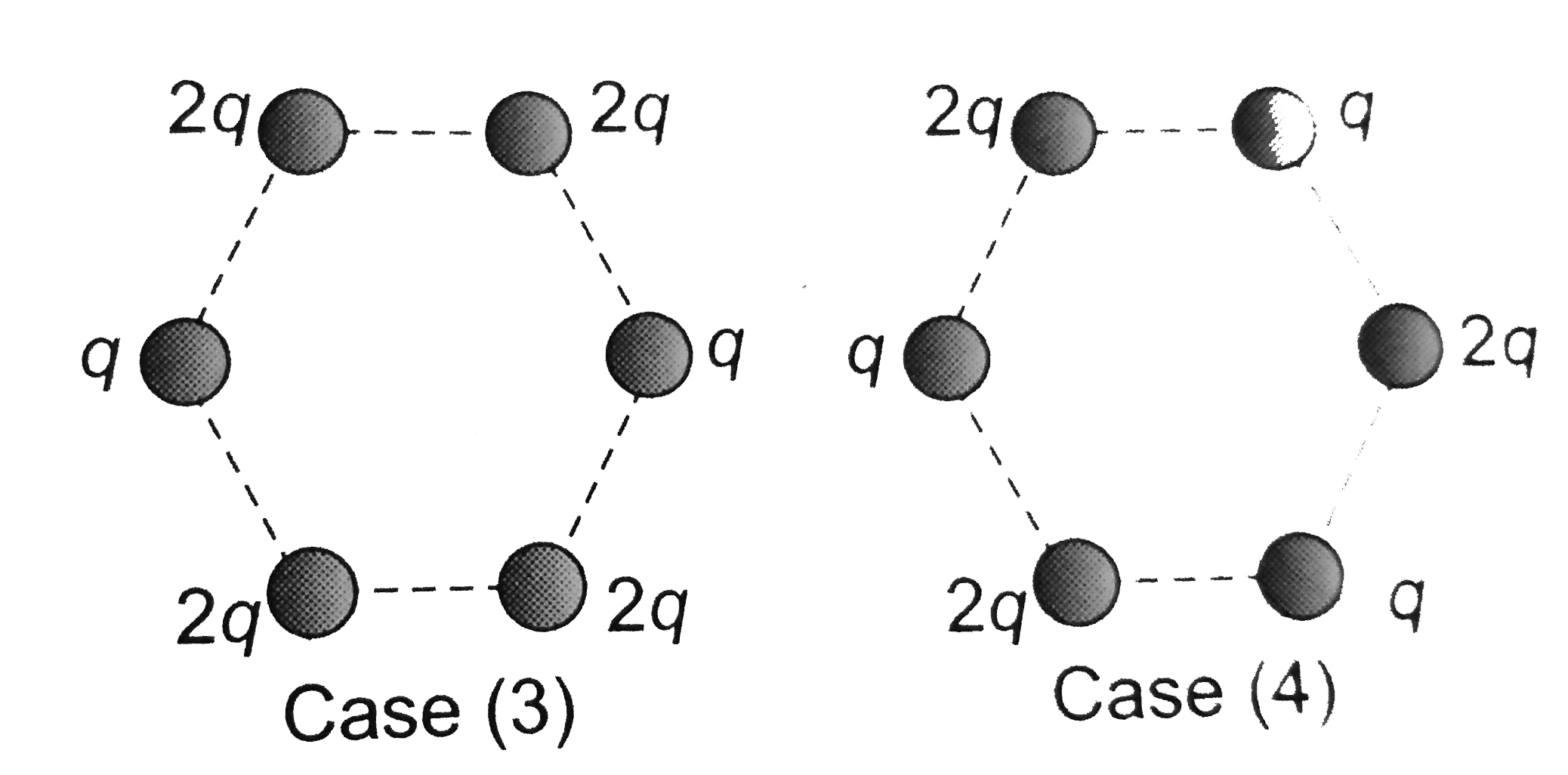
1
2
3
4
The correct Answer is:B
Step by step video, text & image solution for Figure below show regular hexagons with charges at the vertices. In which of the following cases the electric field at the centre is not zero by Physics experts to help you in doubts & scoring excellent marks in Class 12 exams.
Updated on:21/07/2023Topper's Solved these Questions
- ELECTROSTATICSBOOK - DC PANDEYCHAPTER - ELECTROSTATICSEXERCISE - Assertion and Reason
15 Videos
- ELECTROSTATICSBOOK - DC PANDEYCHAPTER - ELECTROSTATICSEXERCISE - Match the columns
5 Videos
- ELECTROSTATICSBOOK - DC PANDEYCHAPTER - ELECTROSTATICSEXERCISE - Check point 1.5
20 Videos
- ELECTROSTATIC POTENTIAL AND CAPACITORSBOOK - DC PANDEYCHAPTER - ELECTROSTATIC POTENTIAL AND CAPACITORSEXERCISE - (C) Chapter exercises
50 Videos
- GRAVITATIONBOOK - DC PANDEYCHAPTER - GRAVITATIONEXERCISE - All Questions
120 Videos
Similar Questions
Knowledge Check
Figure below show regular hexagons with charges at the vertices. In which of the following cases the electric field at the center is not zero

 A1B2C3D4
A1B2C3D4A hexagon of side 'a' has a charge 'q' at each of its vertices. The electric field at the centre of hexagon is
A0B14π∈0.qa2C14π∈0.6qa2D14π∈0.6q2a2Five point charges, +q each are placed at the five vertices of a regular hexagon. The distance of the center of the hexagon from any fo the vertices is a. the electric field at the center of the hexagon is
Aq4πε0a2Bq8πε0a2Cq16πε0a2Dzero
A wire is bent in the form of a regular hexagon and a total charge q is distributed uniformly on it. What is the electric field at the centre? You may answer this part without making any numerical calculations.
View SolutionA regular hexagon of side 10 cm has a charge 5μC at each of its vertices. Calculate the potential at the centre of the hexagon.
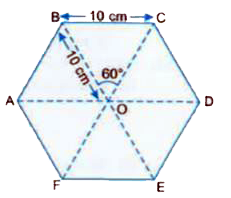
View SolutionAssertion (A): For identical charges of magnitude g each are placed at the vertices of a square of side'a'. The electric field at the centre point O is zero but electric potential is non-zero and finite. Reason
(R) : Electric field is a vector quantity but electric potential is a D scalar.
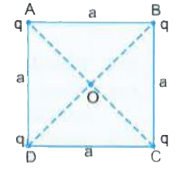
View SolutionCurrent flows through uniform, square frames as shown in the figure. In which case is the magnetic field at the centre of the frame not zero?
View SolutionA wire shaped to a regular hexagon of side x carries a current I ampere. Calculate the strength of the magnetic field at the centre of the hexagon.
View Solution

